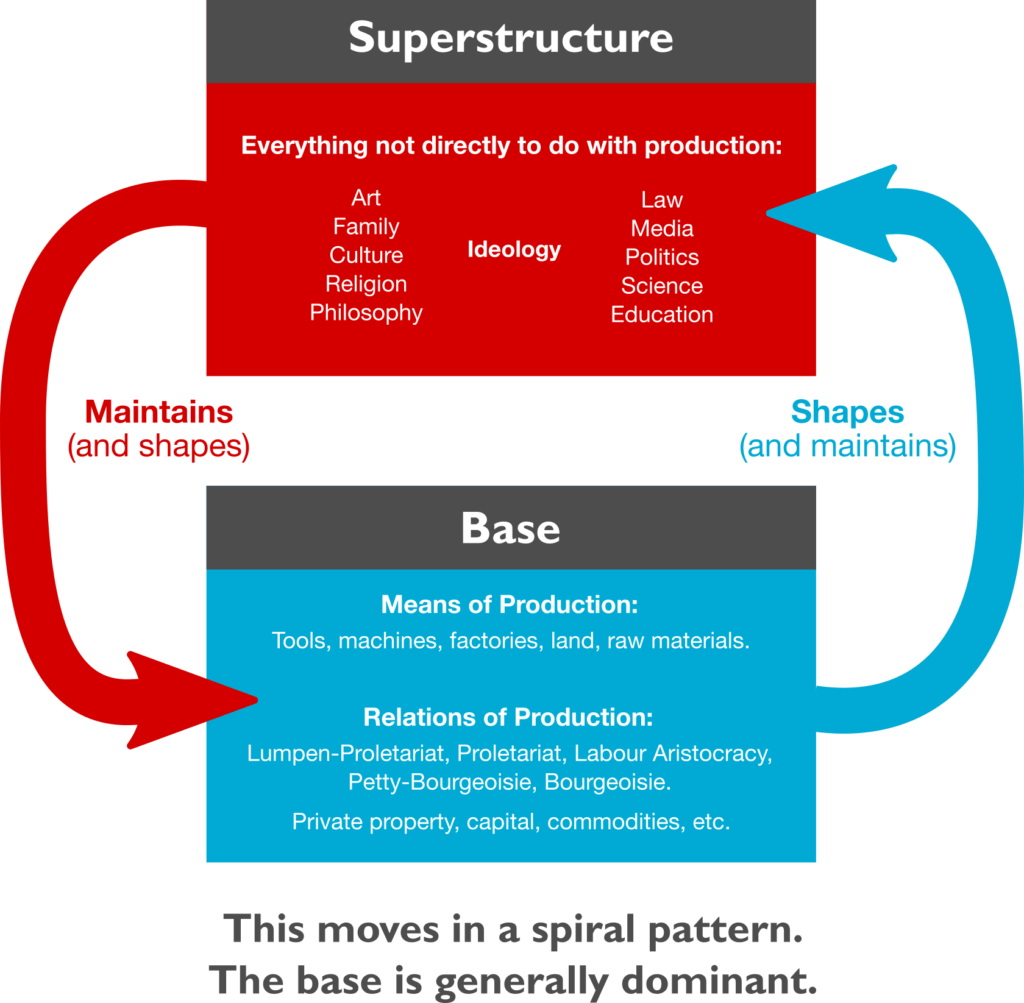Everyone’s new to political activism at some point. We probably know we’re not going to change the world in a day. No one was born with a bullhorn in hand and a cowering group of bourgeoisie 5 feet in front of them. To change the world takes time, comrades, and effort.
But sometimes movements come along and sweep up far more newbies than usual.
The 2016 presidential campaign of Bernie Sanders is one of those movements. It was neither the first nor even the most recent. It’s not even the only one with current impact (see, e.g., Black Lives Matter, pro-immigrant movements gaining steam since 2016, etc.). But it’s one that included many, many, first-time activists.
You can find Sandersistas doing many things now. They’re joining the Democratic Socialists of America and running for Congress. They’re working on immigration or housing or employment justice. These Sandersista newbies tend to be: 18-30 years old, either in college and afraid of student debt and part-time, dead-end work, or currently engaged in part-time, dead-end work that they’d like to escape. They’re a racially diverse coalition. Economically, they’re largely from middle and upper-middle class backgrounds, but precariously so. Consequently, they’re worried that they could backslide.
They’re correct to worry.
I’ve been engaged in activist-y type activity (‘change the world’ type stuff, broadly construed) since sometime in the late 90s or so. Consequently, I feel I’ve picked up a few things along the way. These are a few lessons I’ve learned in that time that maybe the Sandersistas will find useful:
Continue reading



